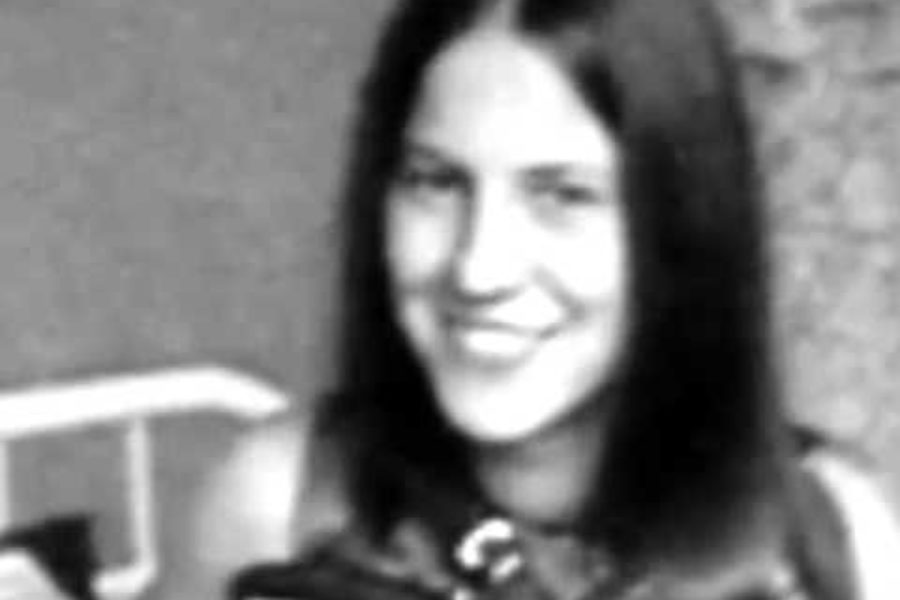The Czech and Slavic vampire was called a upir or a nelapsi. The upir had two hearts and two souls. The second soul would be marked by the corpse’s flexibility, open eyes, two curls in the hair and a ruddy complexion.
Vampire Lore in Bohemia
A treatise on vampires called the “Magia Posthuma” was published in 1706 which publicized a number of vampire related incidents. Many of the accounts told of troublesome spirits that would attack their former neighbors and livestock, while others mentioned nightmare symptoms accompanied with pain, a feeling of being suffocated, and a squeezing around the neck area. Other stories spoke of poltergeist effects such as objects being thrown around the house and objects of the dead person mysteriously moving. An early account of vampire lore involved a man of the Bohemian village of Blow (Blau) in the 14th century. As a vampire, this man visited several of his former neighbors, and those whom he visited died within 8 days. The remaining villagers finally dug up his body and drove a stake though it. The vampire laughed at their gesture and thanked them for giving him a stick to fend off dogs. He then continued terrorizing the villagers until they finally burned his body.
Vampire Lore by the Hungarian Border
Another vampire related incident was recorded by Count de Cadreras, who in the 1720s was commissioned by the Austrian emperor to look into suspicious events in a town near the Hungarian border called Haidam. The Count investigated several cases involving people who had been dead for up to 30 years who were reported to have returned from the dead to attack their relatives. When the bodies were exhumed, they showed delayed decomposition including the flow of fresh blood when cut. The Count ordered that the bodies be beheaded and then burned. The paperwork given to the emperor documenting these procedures along with a lengthy narrative given by the Count to an official at the University of Fribourg survived. The town of “Haidam” has never been identified, nor has a place by that name ever been recorded.










